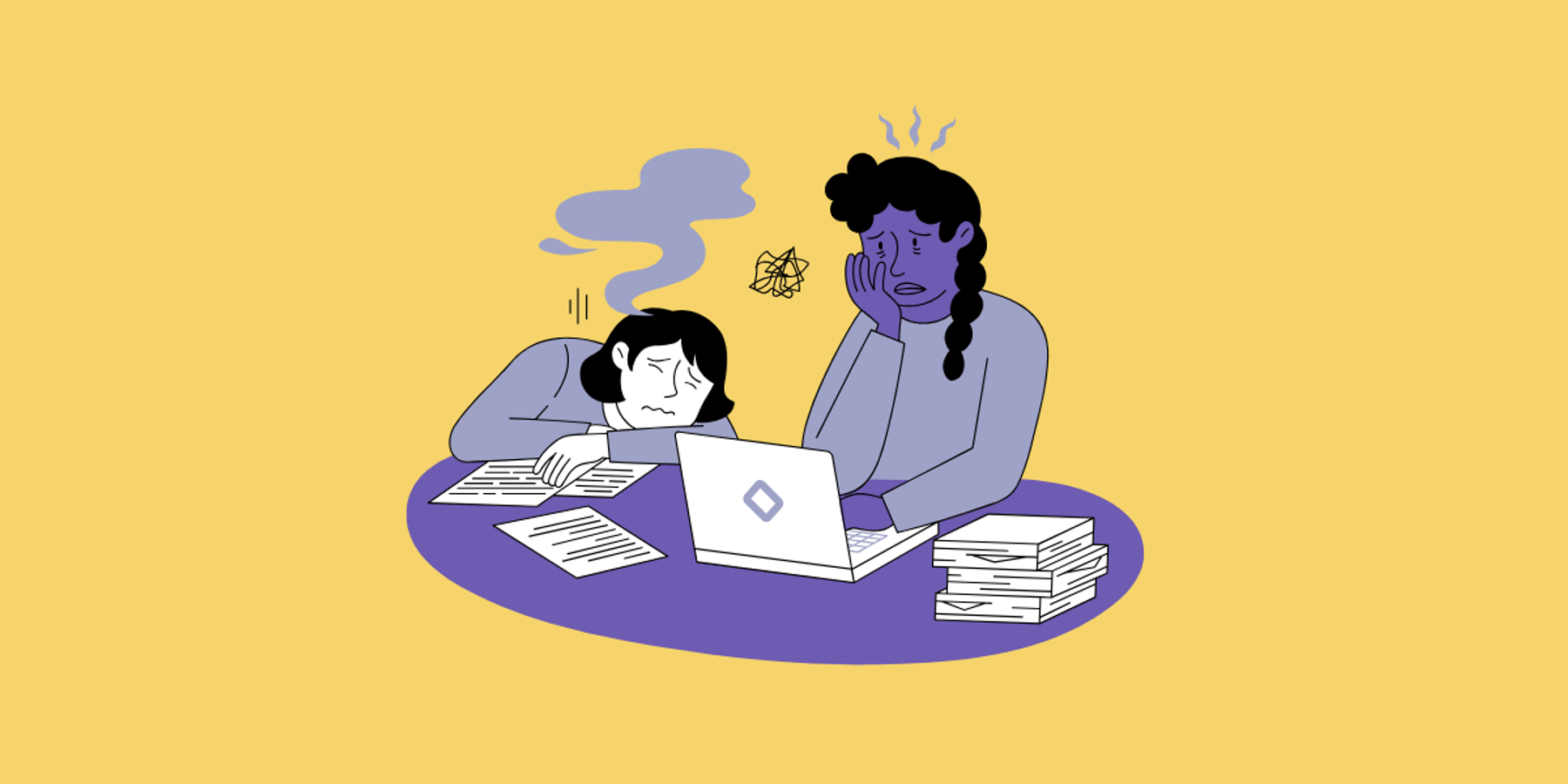"I quit."
Millions of U.S. employees have said that in the last year: 4 million in April 2021, 3.6 million in May, and another million in June, causing labor shortages across industries and increasing pressure on policymakers and business owners alike to embrace flexibility, increase wages, and improve working conditions. And as of March of 2022, this trend shows no signs of slowing down.
And while the news has mostly focused on covering the impact of this employee exodus—aptly named the Great Resignation—on blue-collar industries like food services and entertainment, the wave of voluntary employee exits is hitting offices, too. In June alone, reports the Bureau of Labor Statistics, the industries with the most employees quitting were professional and business services, durable goods manufacturing, and local government, respectively.
We're all sick of the term "unprecedented." But the labor market is doing something it truly has never done before, and describing it as "unprecedented" feels accurate.
In this three-part report, we look at what's happening—and why.
You'll find:
- Part one: key stats on the current labor market
- Part two: exclusive findings from our focus group of working professionals across industries who have left or are planning to leave their jobs
- Part three: recommendations on what you, as an employer, can do to attract new employees and retain the ones you have
Download the full report here or check out some of the highlights below:
The Great Resignation: Setting the Stage
When the pandemic first hit in early 2020, it uprooted every aspect of life. How we work, how we shop, how we relax, how we gather—there was a "new normal" for everything.
As it turns out, not everyone is ready to go back to the way things were before.
The pandemic has directly impacted so many people. Many lost loved ones to COVID-19. Others got sick themselves, perhaps dealing with the impacts of long COVID. Still others found themselves juggling unpaid caretaking with a full-time job, with no help from shut-down childcare facilities. People were laid off, and exposed to the virus at work, and unable to work due to home responsibilities.
And even people who were lucky to not be directly impacted by COVID still felt its effects: they realized life is short, and that they should not spend the majority of their working hours doing something they hate; or they worked from home for over a year and found that they could be just as productive without ever going into an office.
- While the unemployment rate declined in July, settling in at 5.4%, it's still considerably higher than it was pre-pandemic: last February's was 3.5%, per the BLS
- That number is probably even higher, around 8.1%, says Heidi Shierholz, director of policy at the Economic Policy Institute, since women and people of color are less likely to be counted in official unemployment numbers
- Quitters made up 69% of total separations in June—the rest were layoffs, firings, and retirements
- The decline in unemployment was driven mostly by job gains in leisure and hospitality, especially food services and drinking, which are sectors vulnerable to changing pandemic regulations as the delta variant surges
There are about 1 million more job openings than people looking for work, says a CNBC report
Stories of the Great Resignation: Why Employees Left
We didn't want to cover the Great Resignation by only focusing on the numbers, because the numbers only tell part of the story.
We wanted to bring real experiences to the forefront. Real people, with real families, who make up those statistics you just read about.
So we pulled together a focus group of people who have left the workforce for various reasons to help humanize what the Great Resignation looks like on the ground.
We also asked them how their employers could've kept them from leaving in the first place.
- Everyone we talked to either left their job in the last six months or are planning to do so in the next 1-2 months
- Their reasons differed, though fell into three main buckets:
- COVID impacted their work directly (i.e. they didn't feel safe going into the office as required)
- COVID accelerated issues they already struggled with (i.e. not being well-paid, and then facing pay cuts)
- COVID opened their eyes to new issues they didn't realize they were struggling with (i.e. not being passionate about what they spend the majority of their day doing)
- Many people left work to pursue a self-directed or freelance career (which is a real trend, but also probably overrepresented in our focus group, since we asked people to self-select into it). In our group, their pursuits include:
- Publishing a children's book
- Launching a paint company
- Starting a digital marketing agency
- Developing AI tools
- Opening a financial services agency
- Becoming a presentation designer
Click here to read their stories and our recommendations for retaining top talent.




